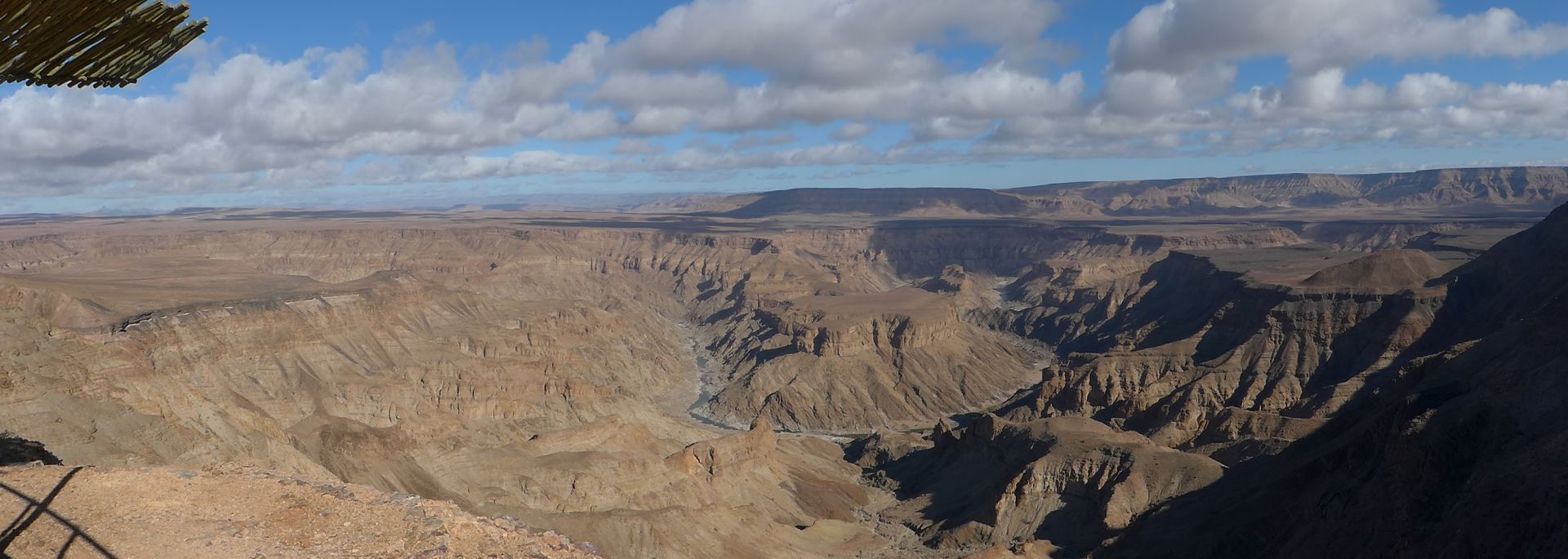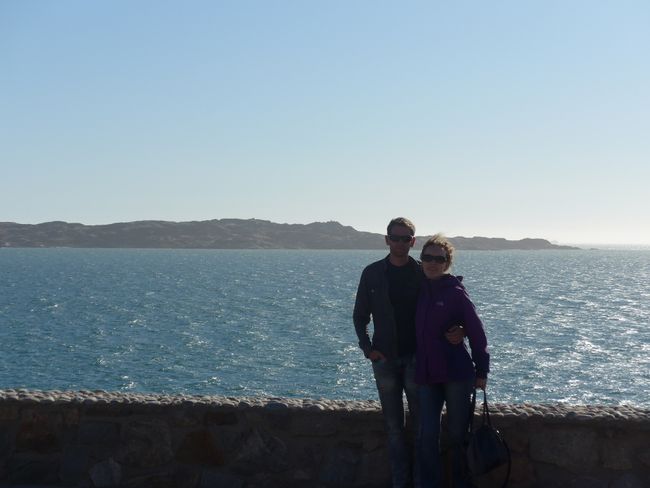Lucca (Italy Part 4)
Birt: 05.06.2019
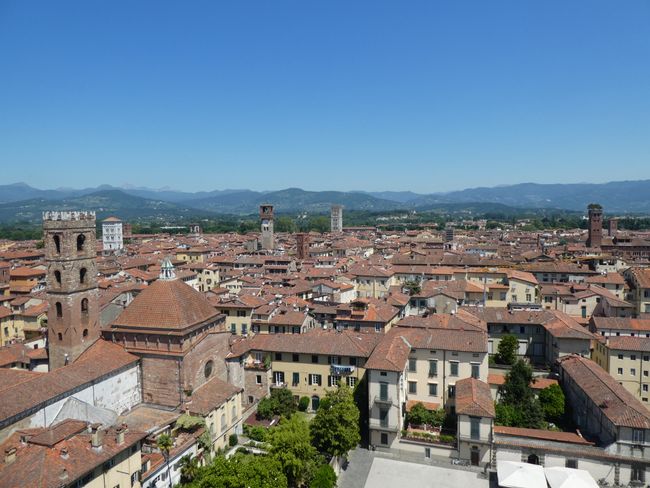
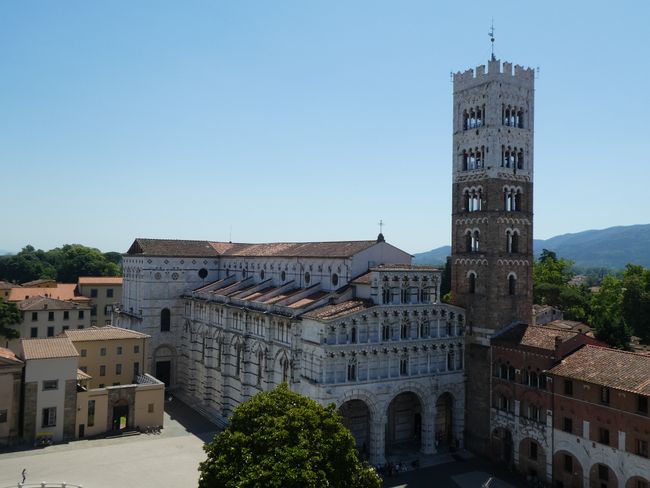
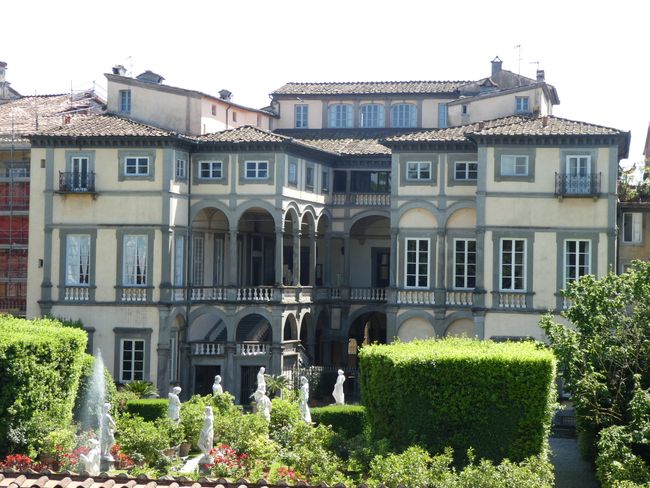
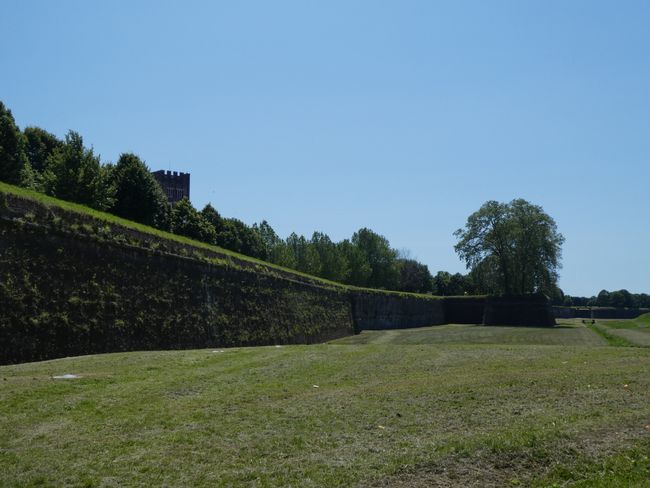
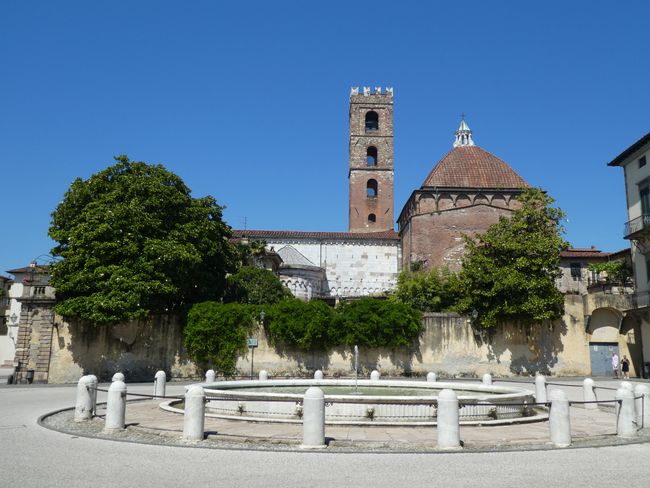
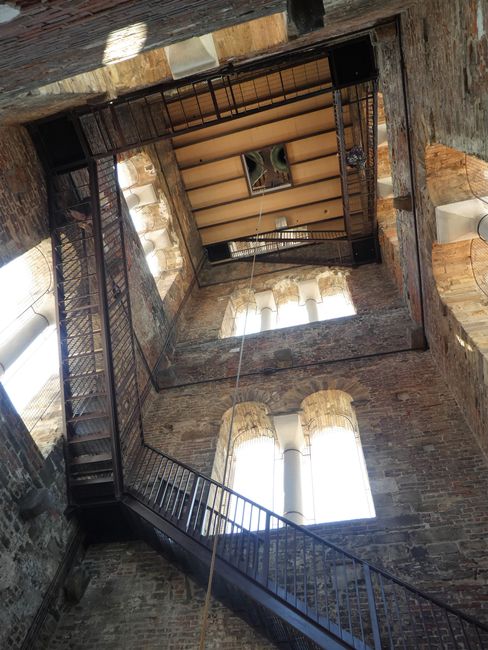
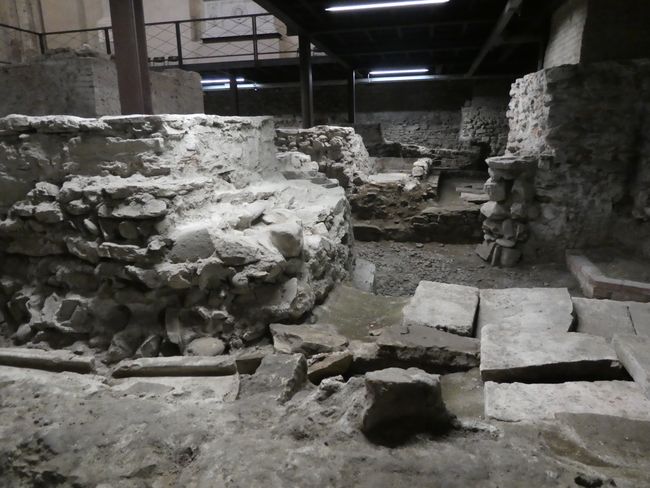

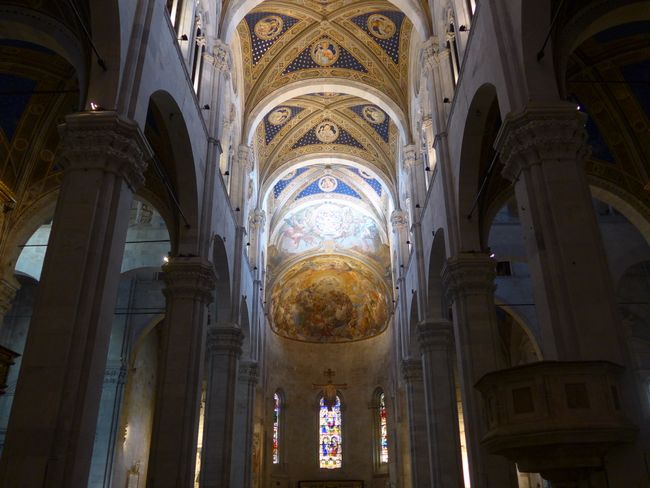
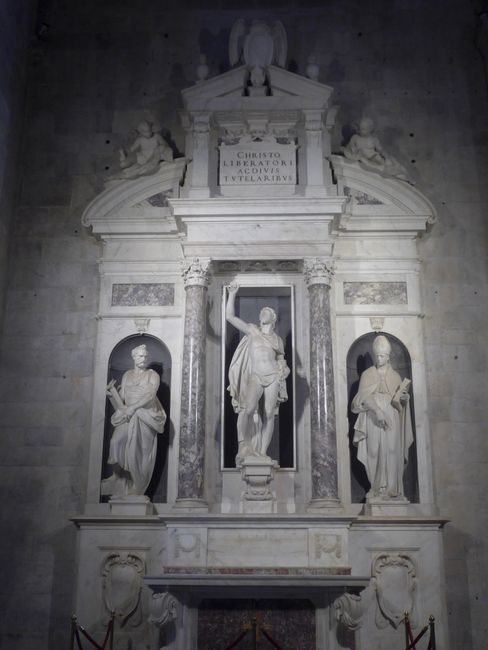
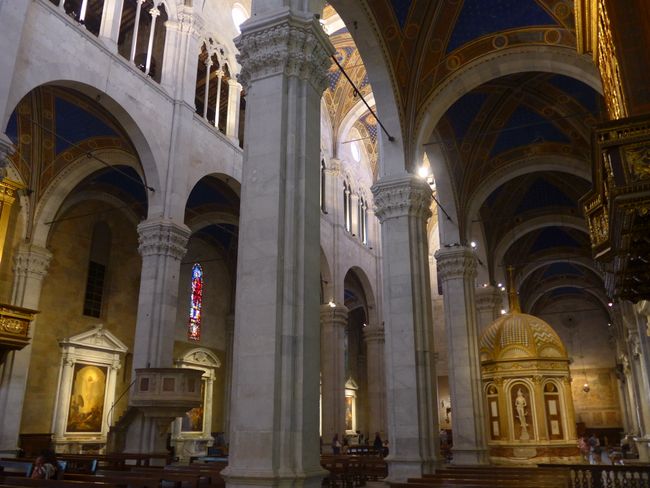
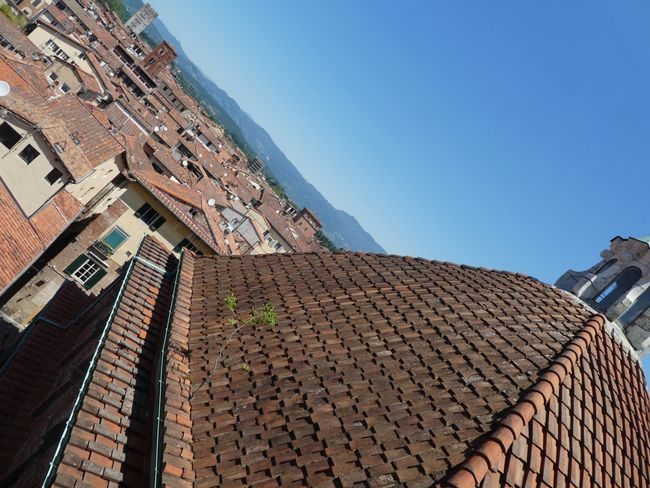
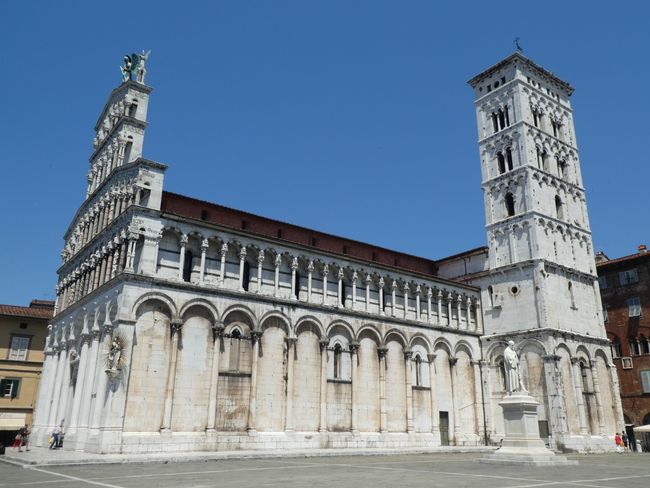
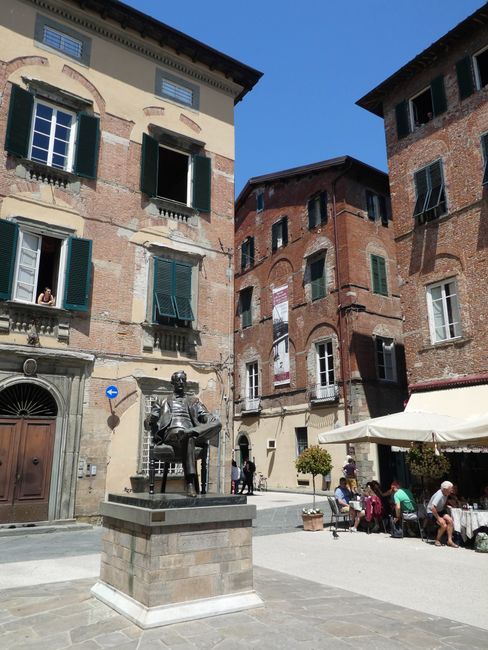
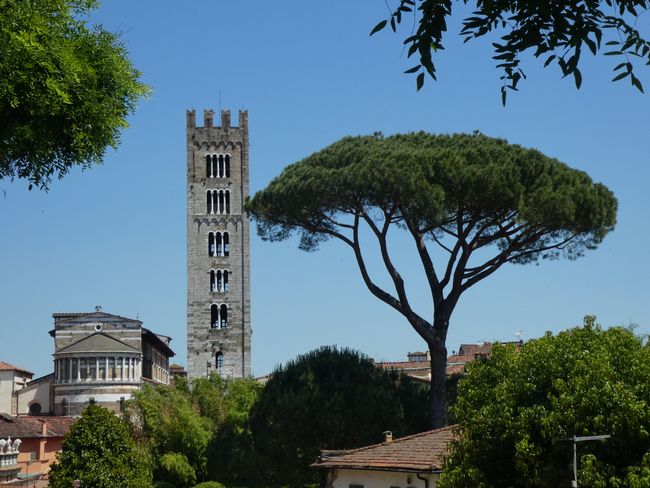
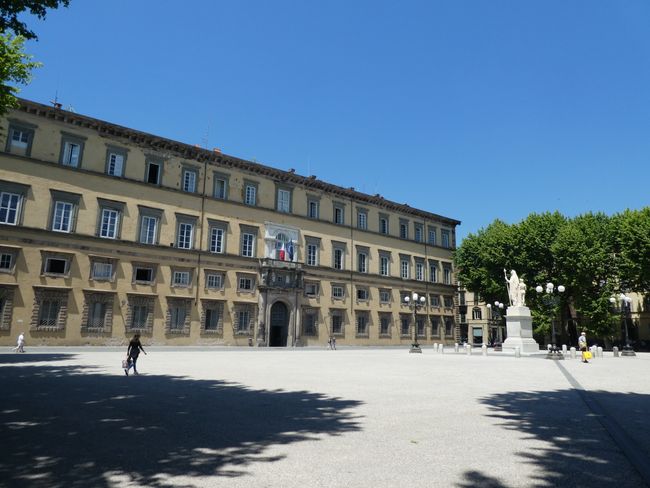
Gerast áskrifandi að fréttabréfi
We parked outside the city walls of Lucca, which were only fortified in the 16th century. This was less about protection through the 30-meter-wide fortress wall and more about demonstrating the city's wealth. Today, you can walk or even bike on the city wall.
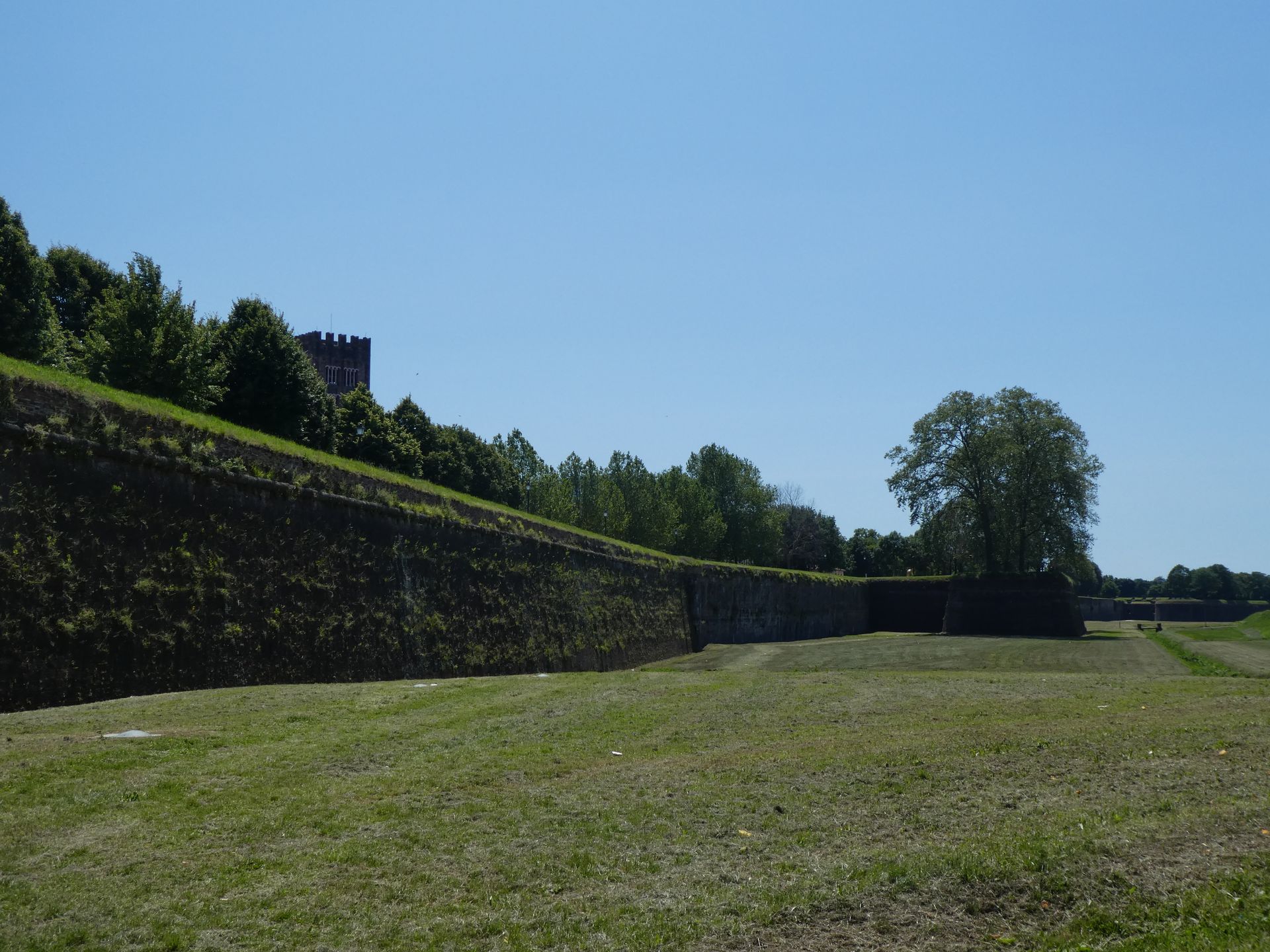
Lucca supplied the world with luxury goods already in the Middle Ages and remained independent from Florence until the 19th century.
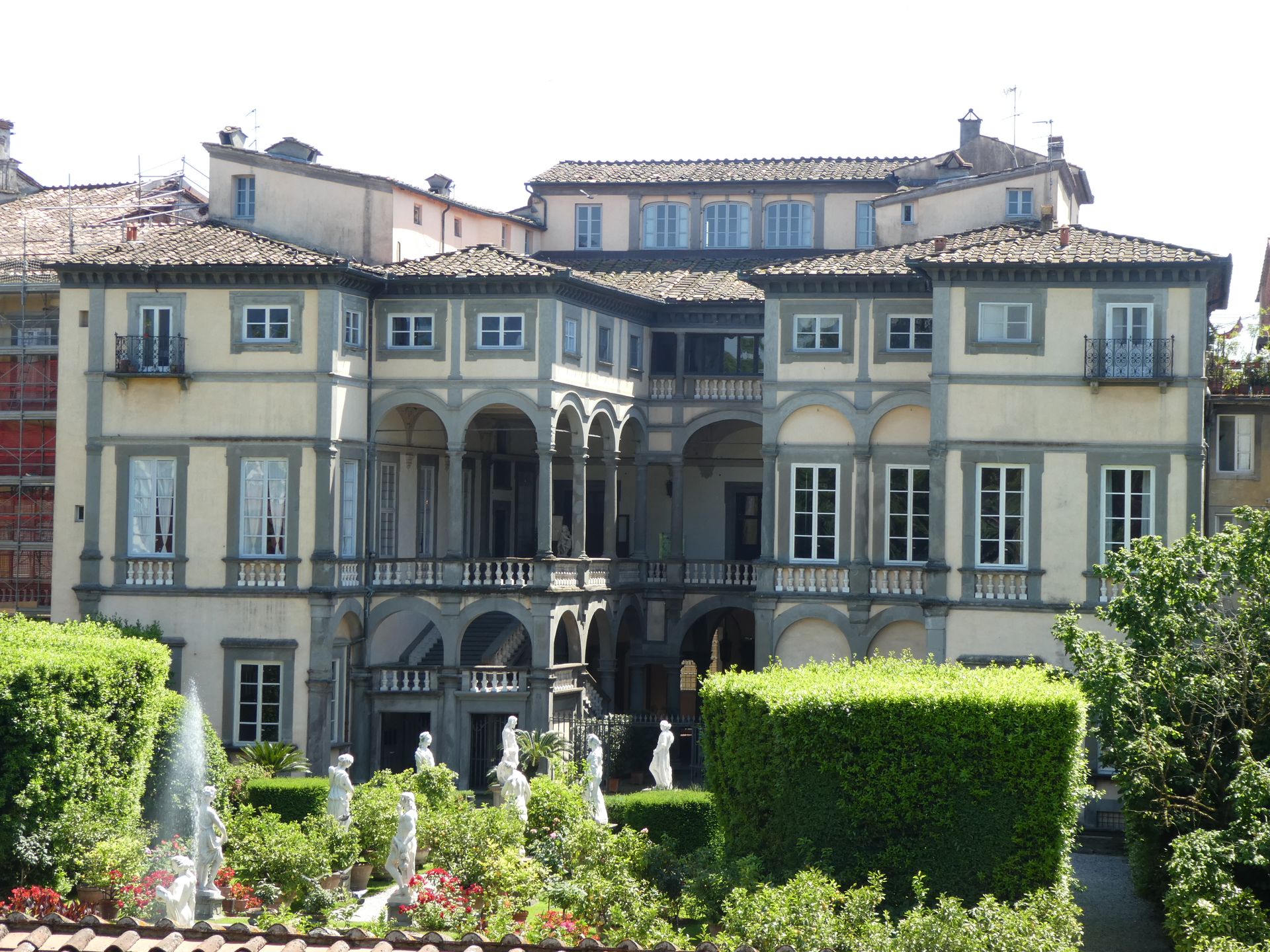
Some of the many churches in the old town date back to the heyday of the city.
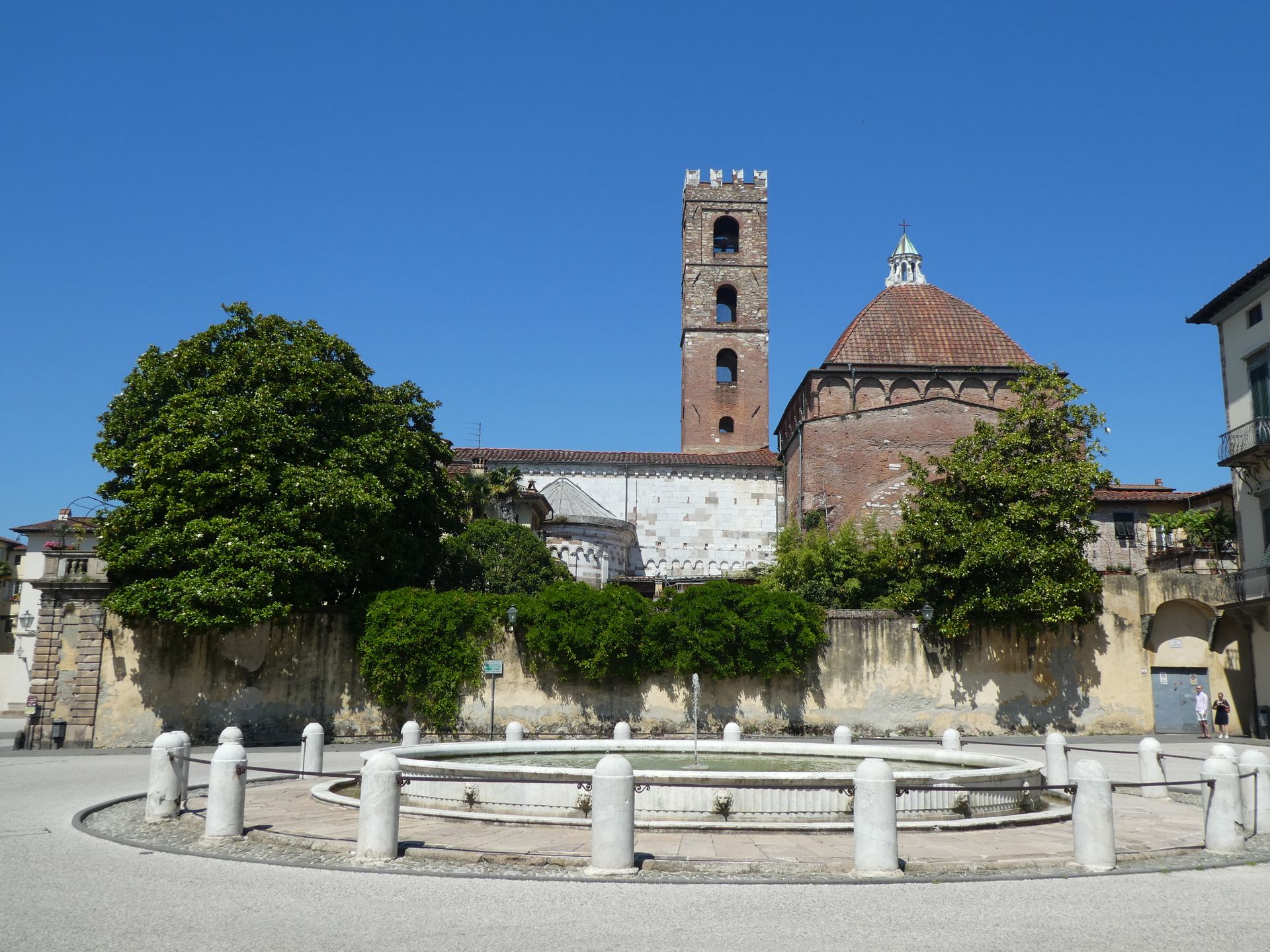
We first visited the largest of these buildings: the Cathedral of San Martino. The facade, adorned with arcades and loggias, looked completely different from other exterior views of cathedrals.

Cathedral
Inside, we were impressed by the ceiling paintings and huge paintings in the altars of the aisles.
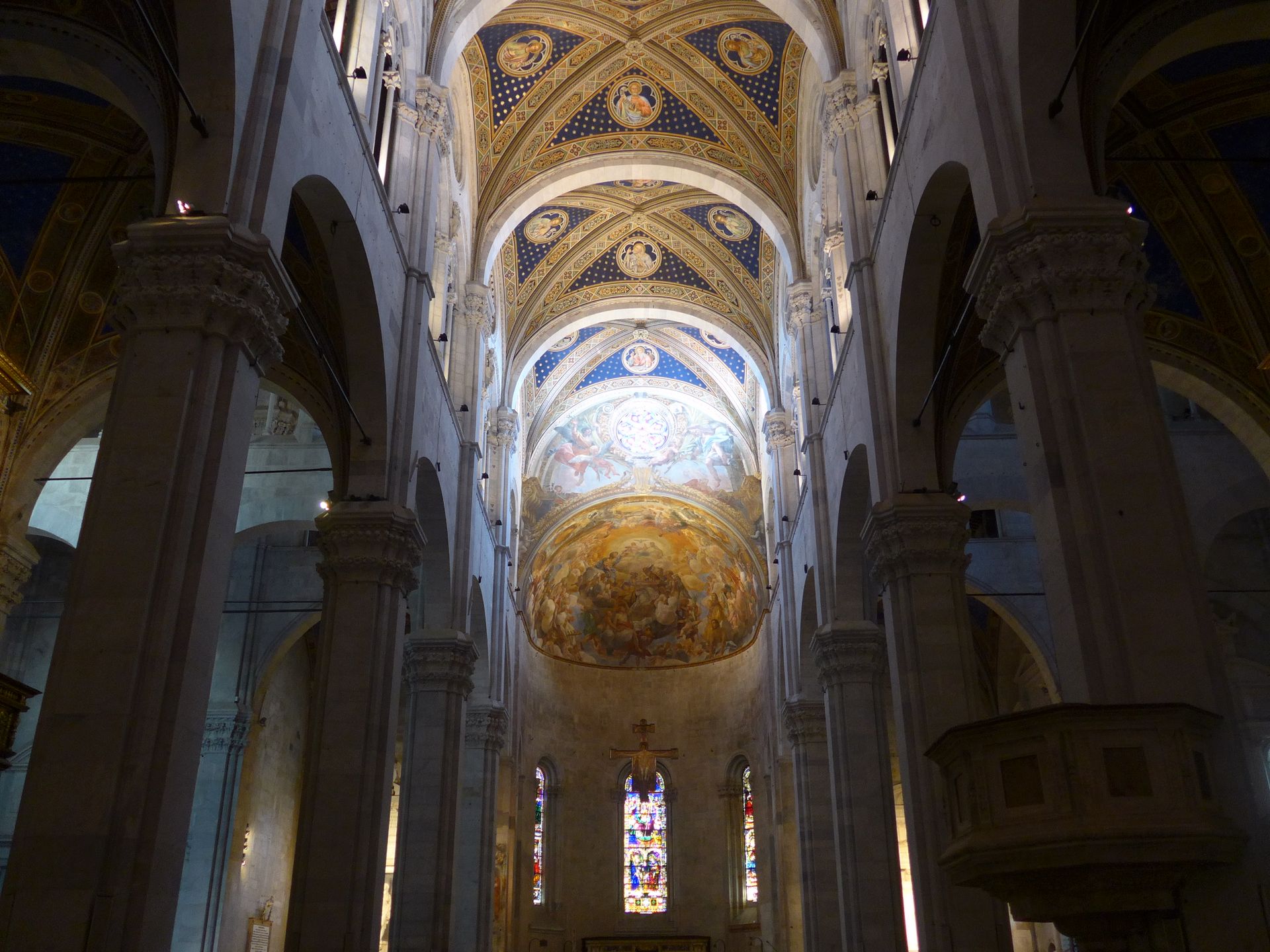
The most important treasure in the cathedral is the Volto Santo (Holy Face), a large wooden crucifix from the 11th century, which is kept in an octagonal temple.

Legends tell that miraculous blood flowed from it and it reached Lucca without a guide with an ox cart. In any case, it became famous because it was minted on Lucchese coins and spread throughout Europe.

The crucifix is dressed in gold jewelry every year on September 13th and carried through the streets of the city. We saw this "clothing" in the Museo della Cathedrale, which we also visited.
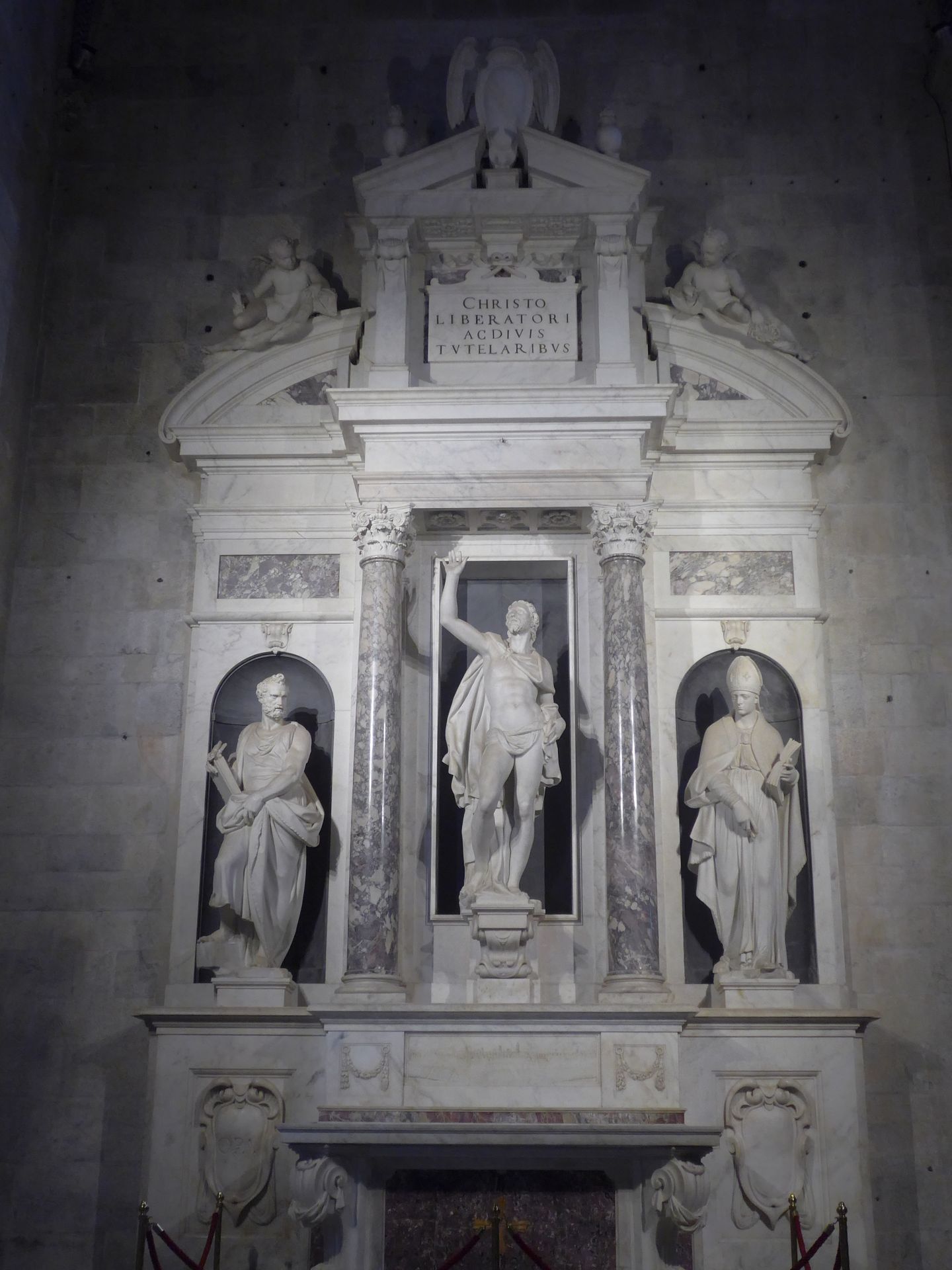
The bell tower of the cathedral rises next to the church and we climbed the numerous steps to look out over the city.

The bell or family towers, which rise above the rooftops, catch the eye.
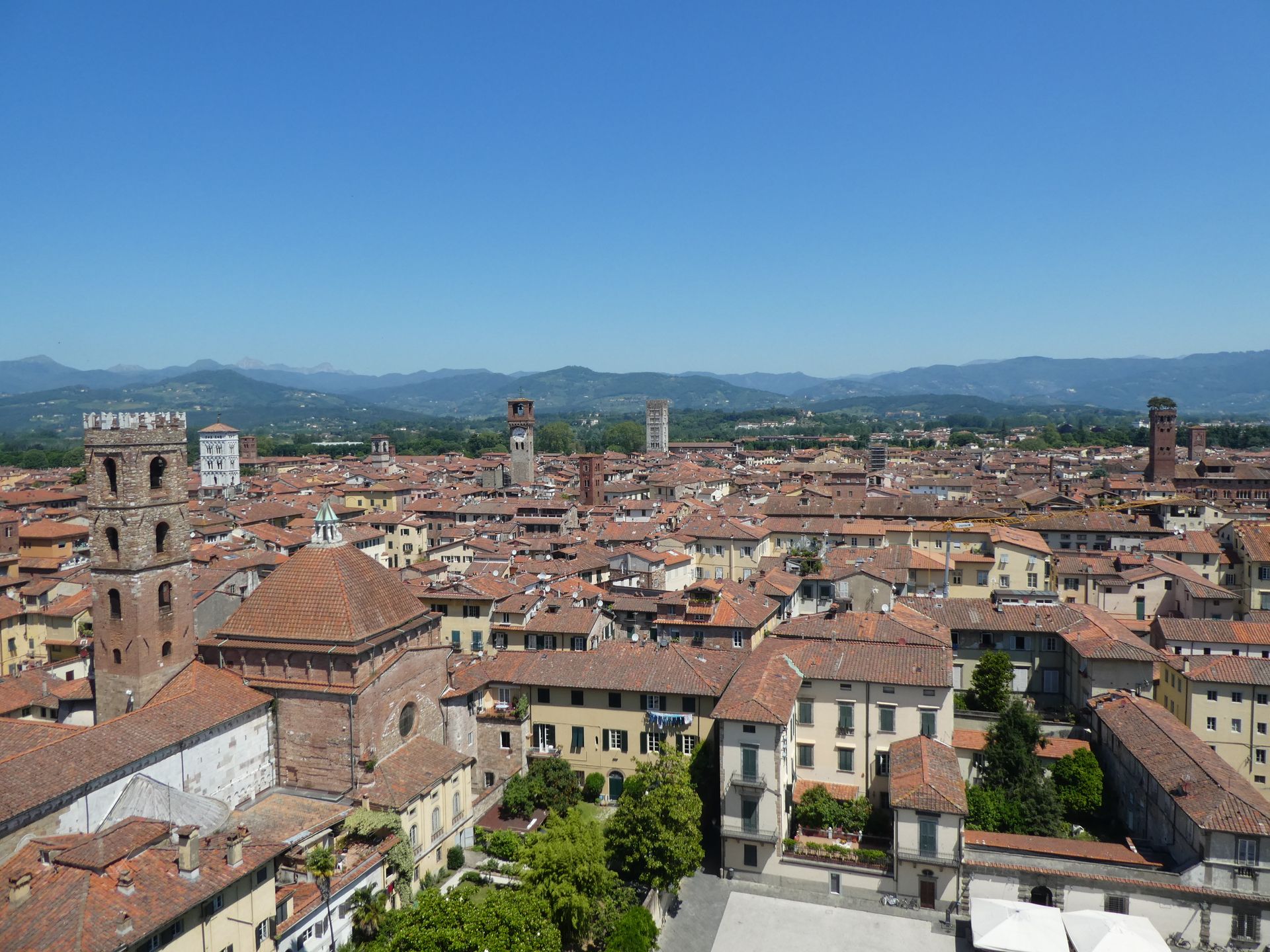
In the Battistero e Chiesa SS. Giovanni e Reparata, we were able to climb up another tower and also go underground.
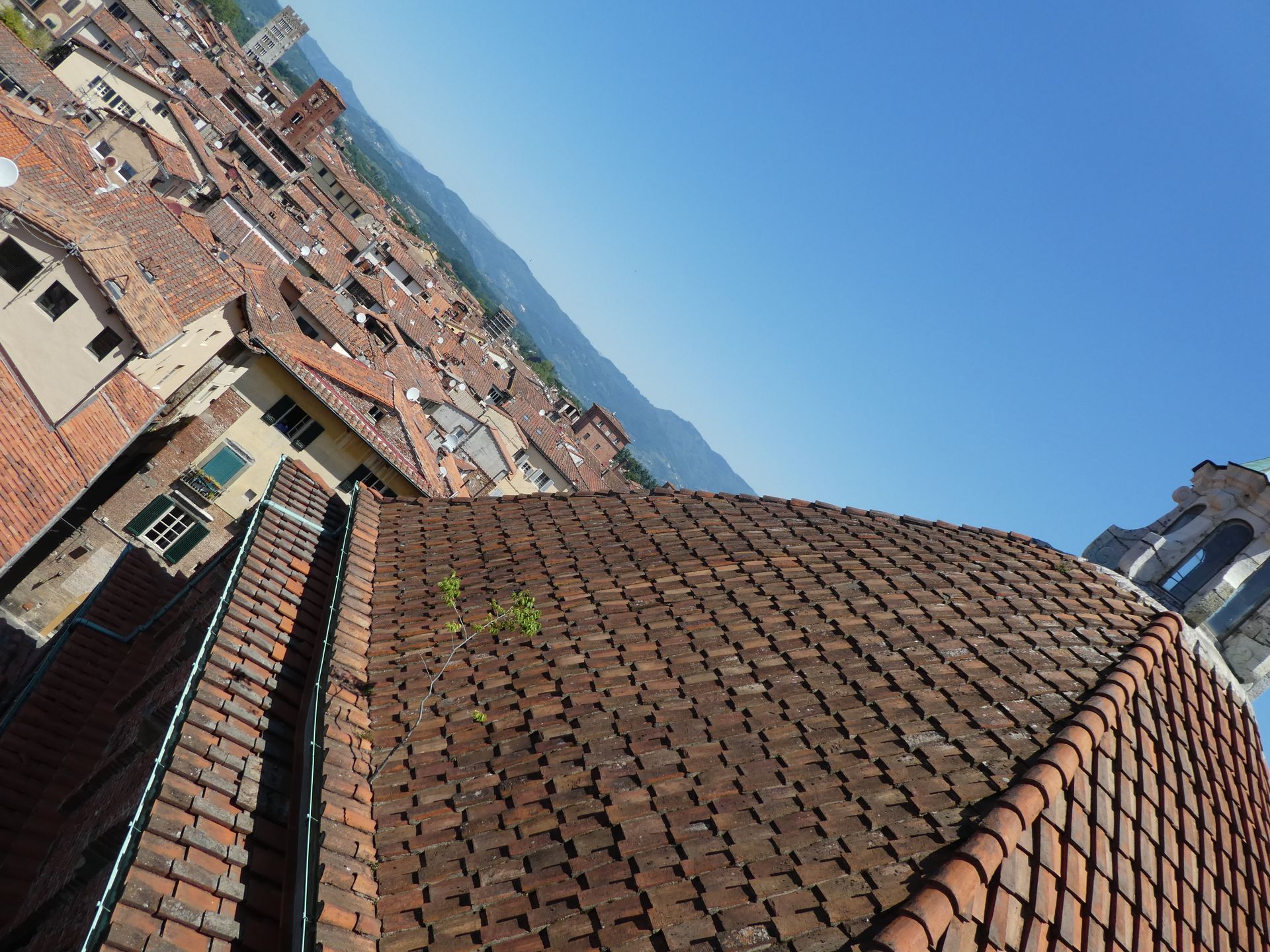
There is an accessible excavation site where you can see remains of Roman mosaic floors from the 1st century BC and parts of an early Christian basilica.

We strolled to Piazza Napoleone, the name of which still reminds us that the Emperor of the French gave Lucca and its surroundings to his sister as a principality in 1799.
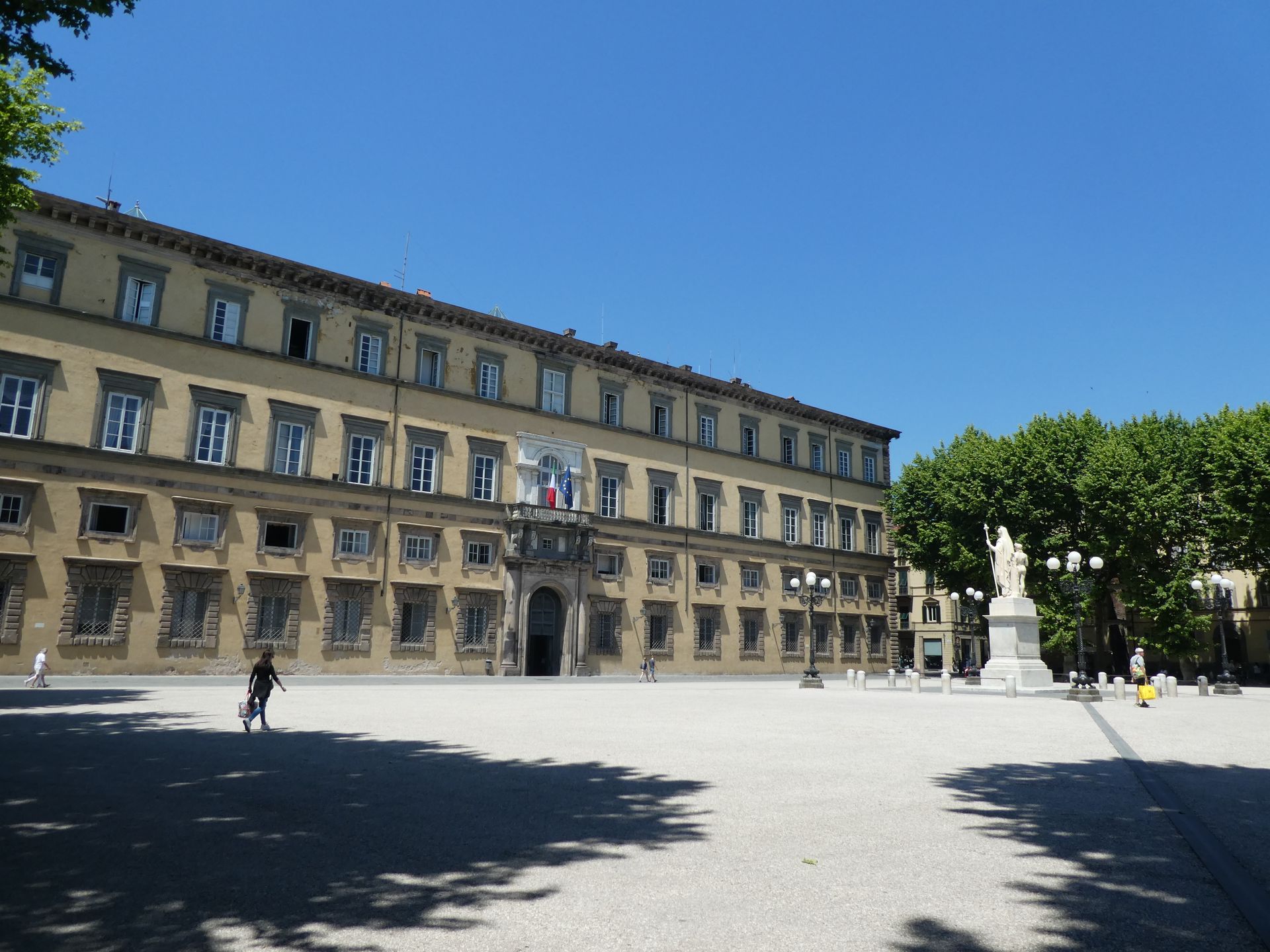
In front of the civic church San Michele in Foro, we enjoyed some Italian ice cream. The money of the citizens had at least been enough for a disguise of the lower floors with Carrara marble and a rich decoration of the facade.
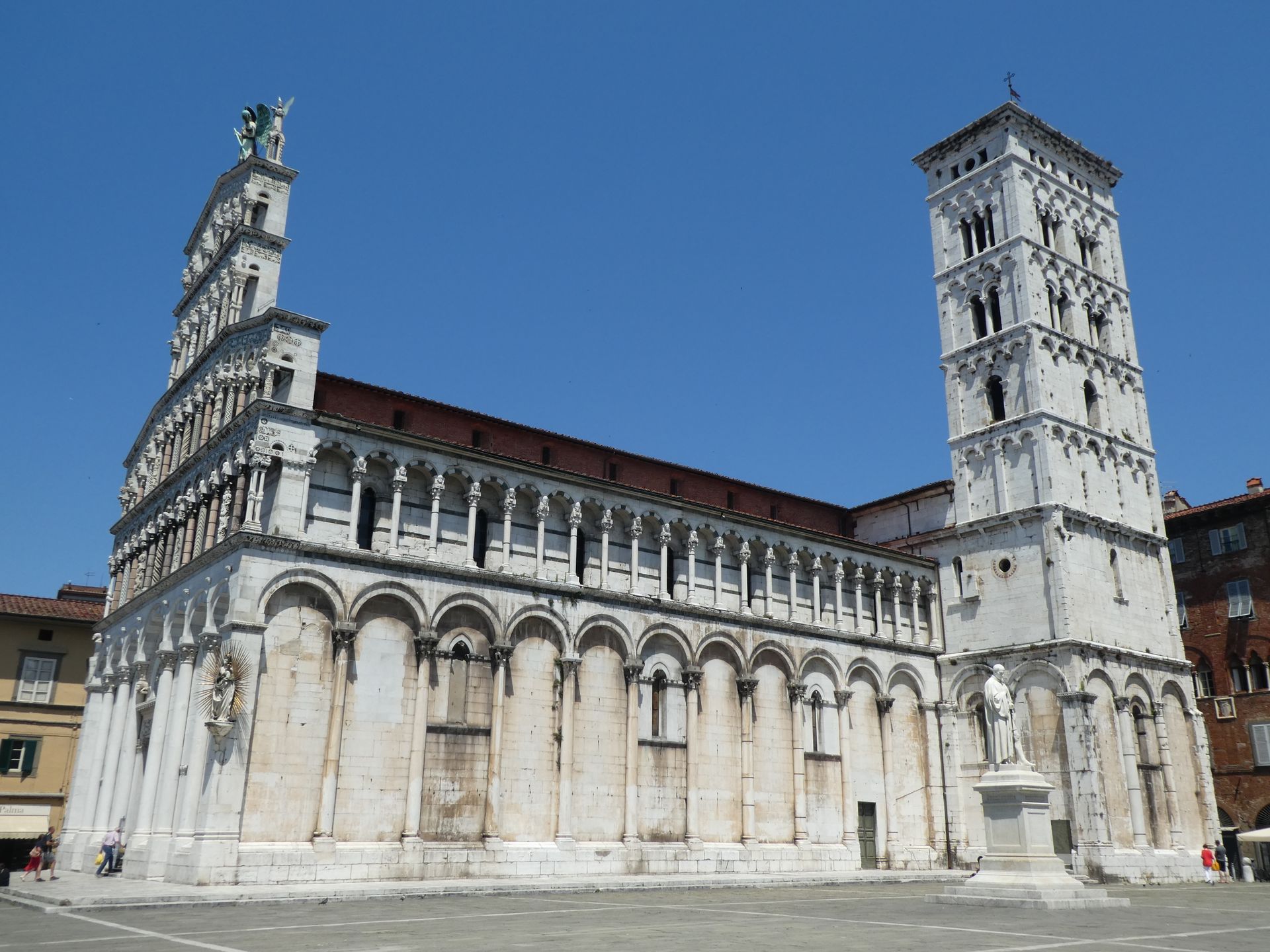
We also passed by Puccini's birthplace, but decided not to visit the interior as our parking time was running out.
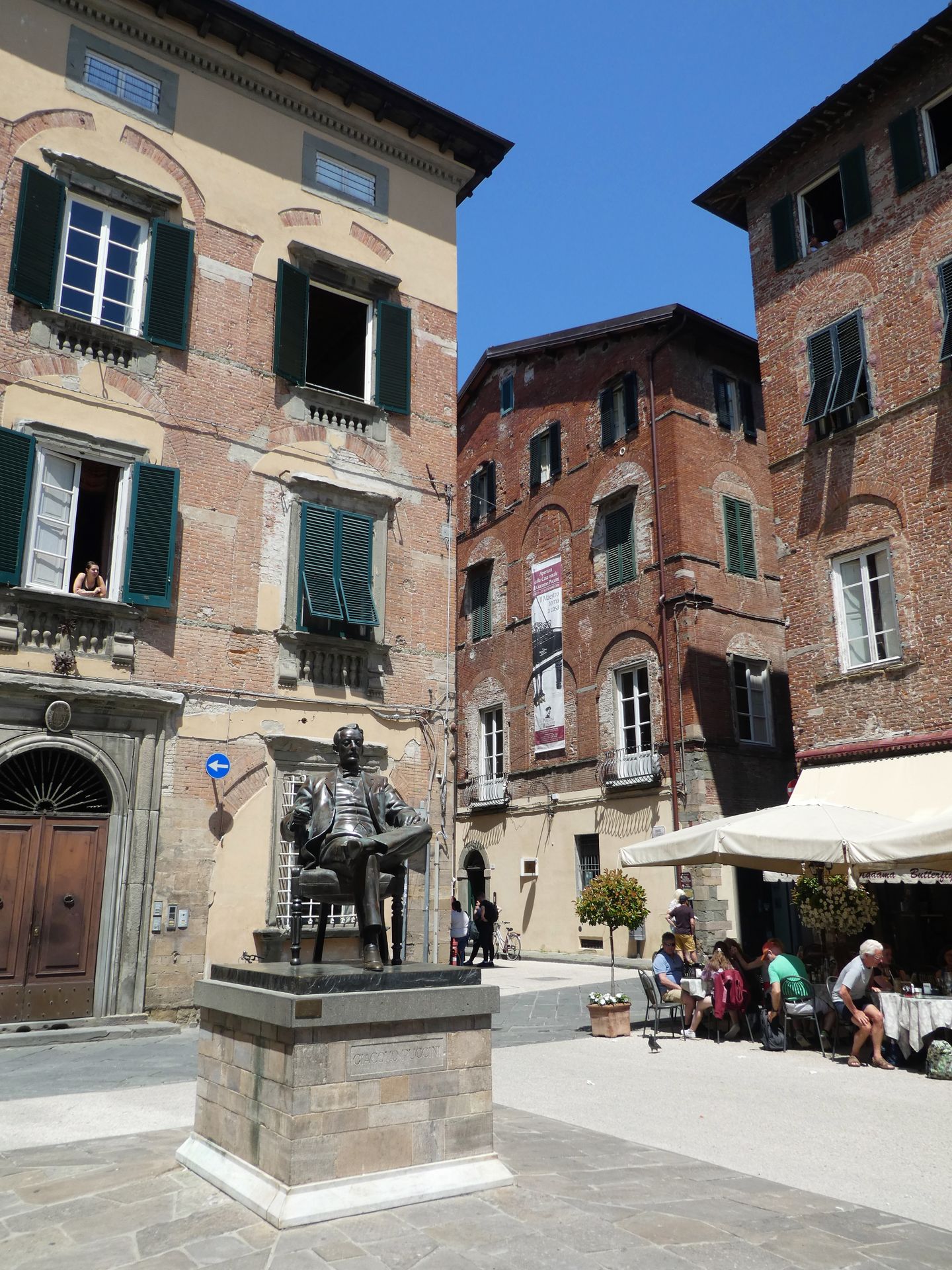
We walked back to the Porta Santa Maria along the city wall and left the old town there.

View from the city wall
Gerast áskrifandi að fréttabréfi
Svaraðu
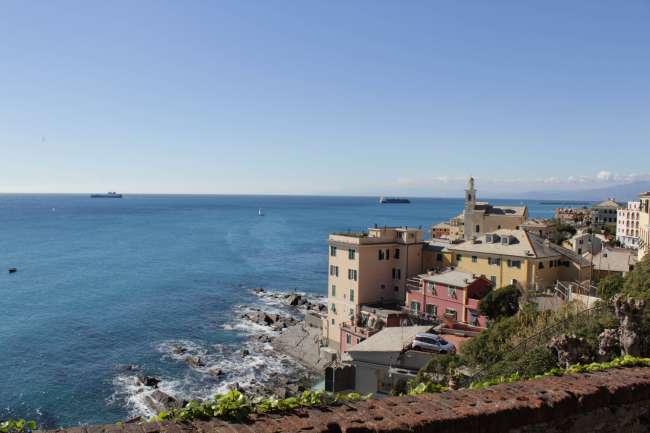
Ferðaskýrslur Ítalíu
